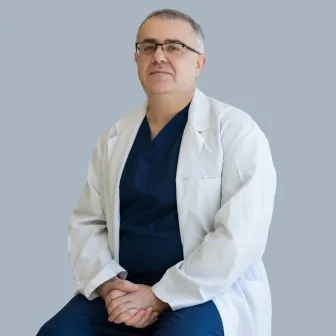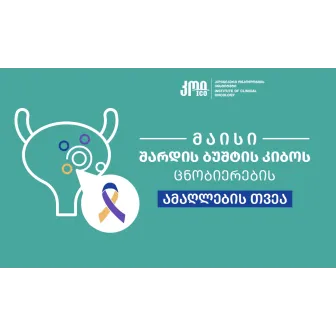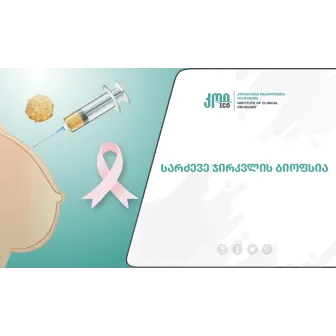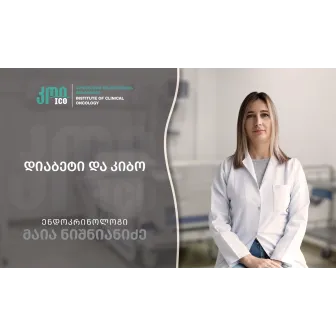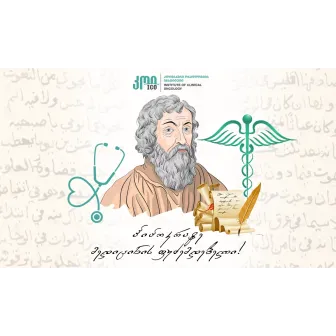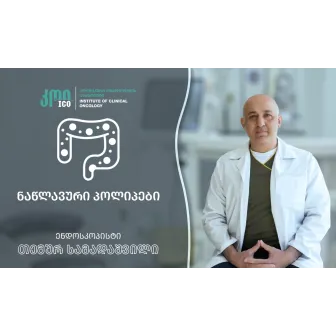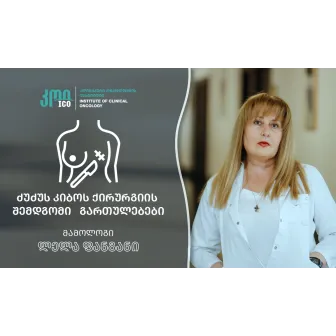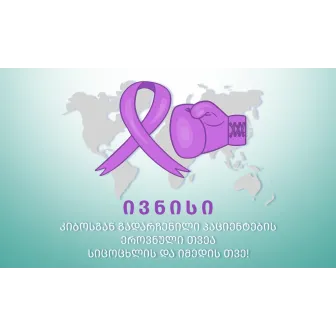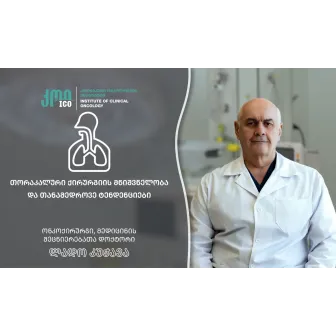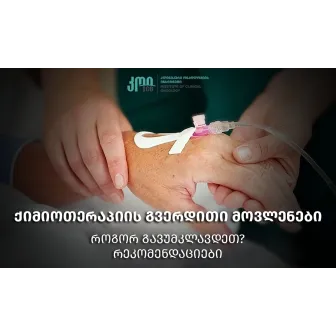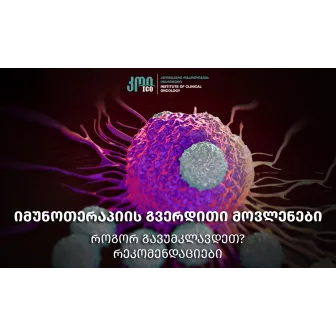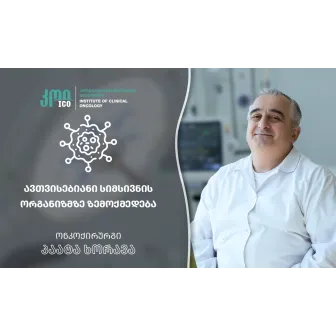The lymphatic system is one of the main links in the human immune defense system. When tumorous changes occur in the soft tissues of this system, we are dealing with lymphoma, a disease that requires timely detection and a complex approach. General surgeon of the Institute of Clinical Oncology, Doctor of Medicine, Professor Giorgi Korakhashvili speaks on this topic.
Lymphomas: symptoms, diagnostics and modern treatment options.
Epidemiology – Prevalane
Worldwide
630,000 new cases of Non-Hodgkin lymphoma are registered annualy.
83,000 new cases of Hodgkin lymphoma.
Most common in North America, Europe, and Australia.
Most often occur in adults, but Hodgkin lymphoma is comperatively frequent in young age (15-35 age group).
In Georgia
The statistics are consistent with global trends.
The incidence of non-Hodgkin's lymphoma has been increasing dramatically in recent years.
Causes:
The exact cause is unknown, but a number of risk factors are known:
Infections:
Epstein-Barr virus (the cause of infectious mononucleosis) - associated with Hodgkin lymphoma and Burkitt lymphoma. AIDS (human immunodeficiency virus HIV) - increased risk of lymphomas. Human T-lymphotropic virus type I, hepatitis C virus, H. pylori (the bacterium that causes peptic ulcer disease) - associated with specific lymphomas. Immune system suppression: After organ transplantation (immunosuppressive therapy) congenital or acquired immunodeficiencies; autoimmune diseases: e.g. rheumatoid arthritis, Sjogren's syndrome, genetic and environmental factors:
Radiation exposure; Genetic predisposition
– Mr. Giorgi, what is lymphoma and why is its early detection important?
Lymphomas are malignant tumors of lymphoid tissue that arise from lymphocytes (mainly B or T cells). Lymphomas are divided into two main types:
Hodgkin lymphoma:
Relavively rare (10% of lymphoms).
Prognoses is relatively positive
Non-Hodgkin lymphoma:
Diverse group.
Contains more than 60 sub-types.
Prevalane depends on a sub-type.
The lymph node functions as a natural filter - it recognizes and filters out extraneous or pathological agents occurring in the body, whether it is bacteria or unwanted cells, including malignant tumors. It is through this system that many pathologies are blocked at an early stage, although the lymph node itself can also become a target for the disease.
Lymphoma is attributed to a group of blood system diseases, and the diagnosis and treatment of related oncological pathologies is one of the most important challenges of modern medicine. Timely detection is crucial for effective therapeutic results.
– How does lymphoma manifest itself and what signs should the patient pay attention to?
The symptoms of lymphoma are often non-specific and initially patients develop it for so-called unknown reasons. The main clinical signs are enlarged lymph nodes (painless, mainly in the neck, armpits, and groin) in various parts of the body, general weakness, constant fatigue, skin itching, excessive sweating, especially at night, during sleep, increased body temperature (low fever). A feeling of bloating, discomfort or pain in the abdomen (in case of spleen/liver enlargement). The presence of such signs requires immediate consultation with an oncohematologist or clinical oncologist.
– How is the diagnosis made and what does the treatment strategy entail?
At the first stage, non-invasive studies are performed - soft tissue ultrasound, lymph node biopsy or diagnostic excision, microscopic examination (necessary for diagnosis and type determination), immunohistochemical study - to determine the type of cells.
Computed Tomography (CT), Magnetic Resonance Imaging (MRI), and PET/CT scanning (to assess disease speading - staging).
Blood tests: general blood test, lactate dehydrogenase, sβ2-microglobulin.
Bone marrow biopsy - in some cases
As for the treatment, conservative approaches are mainly used - chemotherapy, immunotherapy and, if necessary, radiotherapy. Modern protocols often allow for complete cure of the disease or long-term remission. Treatment tactics are always determined individually, depending on the patient's condition and the form of lymphoma.
Prevention:
Control of Epstein-Barr and Hepatitis C virus infections;
Saying “No” to the consumption of tobacco and toxic substances;
Regular medical monitoring in risk-groups.
– Can the lymph nodes enlarge due to non-oncological causes, and how should we distinguish them?
Enlargement of lymph nodes do not always indicate oncological pathology. It can be an infectious process, trauma, micro-injury or autoimmune reaction. That is why a complete diagnosis is important - through research it is possible to determine the nature of the pathology and correctly classify it. Only with an in-depth assessment and correct diagnosis is it possible to plan the treatment correctly.
– What would you advise our readers to do if they notice similar symptoms?
My main recommendation is that maintaining a healthy awareness of your own body is important. If any suspicious symptoms occur (e.g., discovery of an enlarged subcutaneous mass), consult your family doctor or a specialist immediately, as early diagnosis often determines the success of treatment. Self-treatment is unacceptable. Nowadays, with modern medicine, a significant part of lymphomas can be completely cured.
- Views:1005





